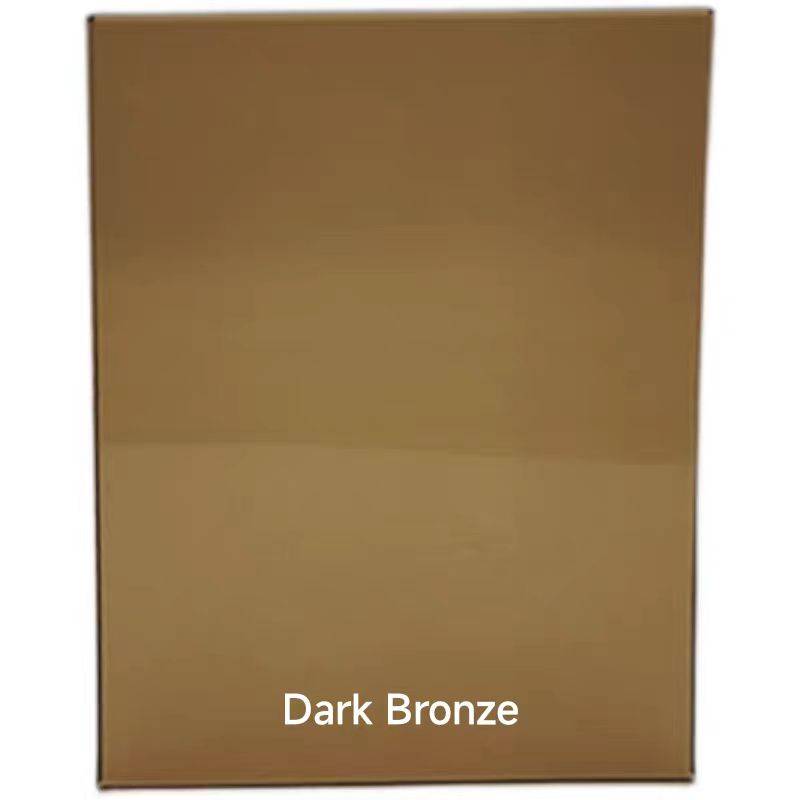

Low emissivity (low-E) glass coatings are revolutionary advancements in building materials that significantly enhance energy efficiency, comfort, and aesthetics. These coatings are designed to reduce the amount of infrared and ultraviolet rays that can pass through glass without compromising visible light transmission. As a result, low-E glass helps maintain a stable indoor temperature while minimizing energy consumption, making it an essential component in modern architecture and design.
The primary function of low-E glass is to reflect heat. When installed in windows, low-E coatings serve as a barrier to radiant heat from the sun. In warmer months, the glass reflects incoming ultraviolet and infrared light, keeping the interior cooler and reducing the load on air conditioning systems. Conversely, during colder months, low-E glass helps retain the warmth generated by heating systems, preventing heat from escaping through the windows. This dual functionality makes low-E glass an excellent choice for both residential and commercial buildings, contributing to greater energy efficiency throughout the year.
Besides energy savings, low-E glass coatings offer additional benefits such as UV protection and glare reduction. UV rays can cause fading of furniture, flooring, and artwork over time. By filtering out a significant portion of harmful UV radiation, low-E glass helps preserve the integrity and appearance of interior environments. Additionally, the coating can reduce glare, creating a more comfortable space for occupants who spend extended periods indoors.

Moreover, the aesthetic appeal of low-E glass cannot be overlooked. It is available in various finishes and can be customized to fit different architectural styles. Whether used in large storefronts, residential windows, or skylights, low-E glass enhances the visual appeal while contributing to sustainability goals.
In summary, low emissivity glass coatings represent a significant technological advancement in energy-efficient building materials
. By providing insulation against heat transfer, reducing UV exposure, and offering aesthetic versatility, low-E glass is not only a practical choice but also an environmentally responsible one. With growing awareness of climate change and energy conservation, the adoption of low-E glass is likely to increase, paving the way for greener and more sustainable living and working environments.